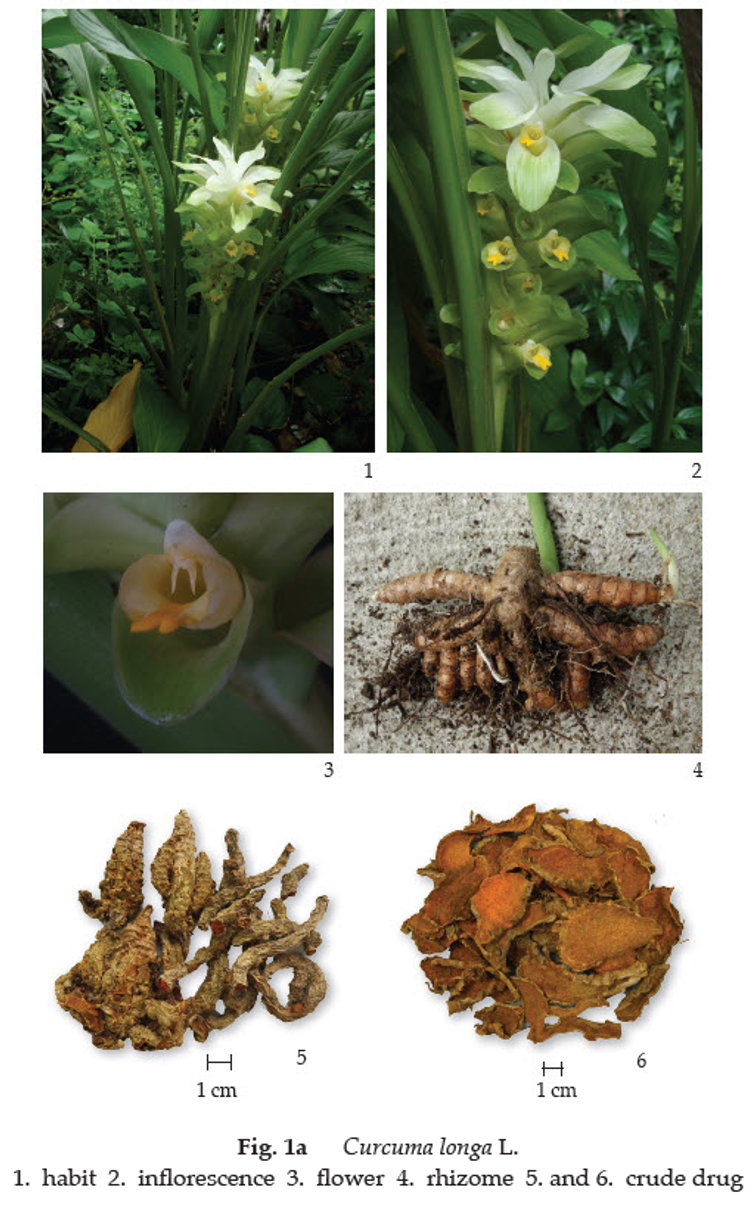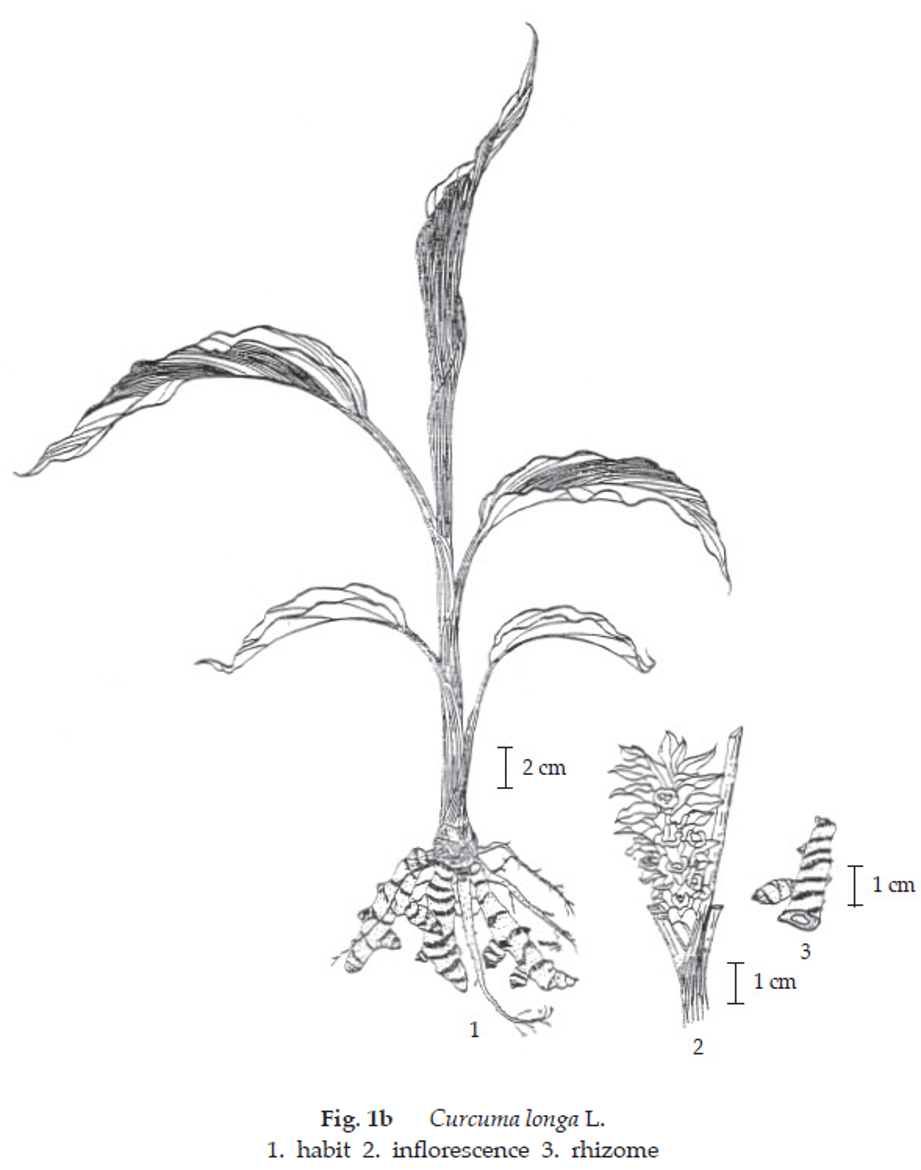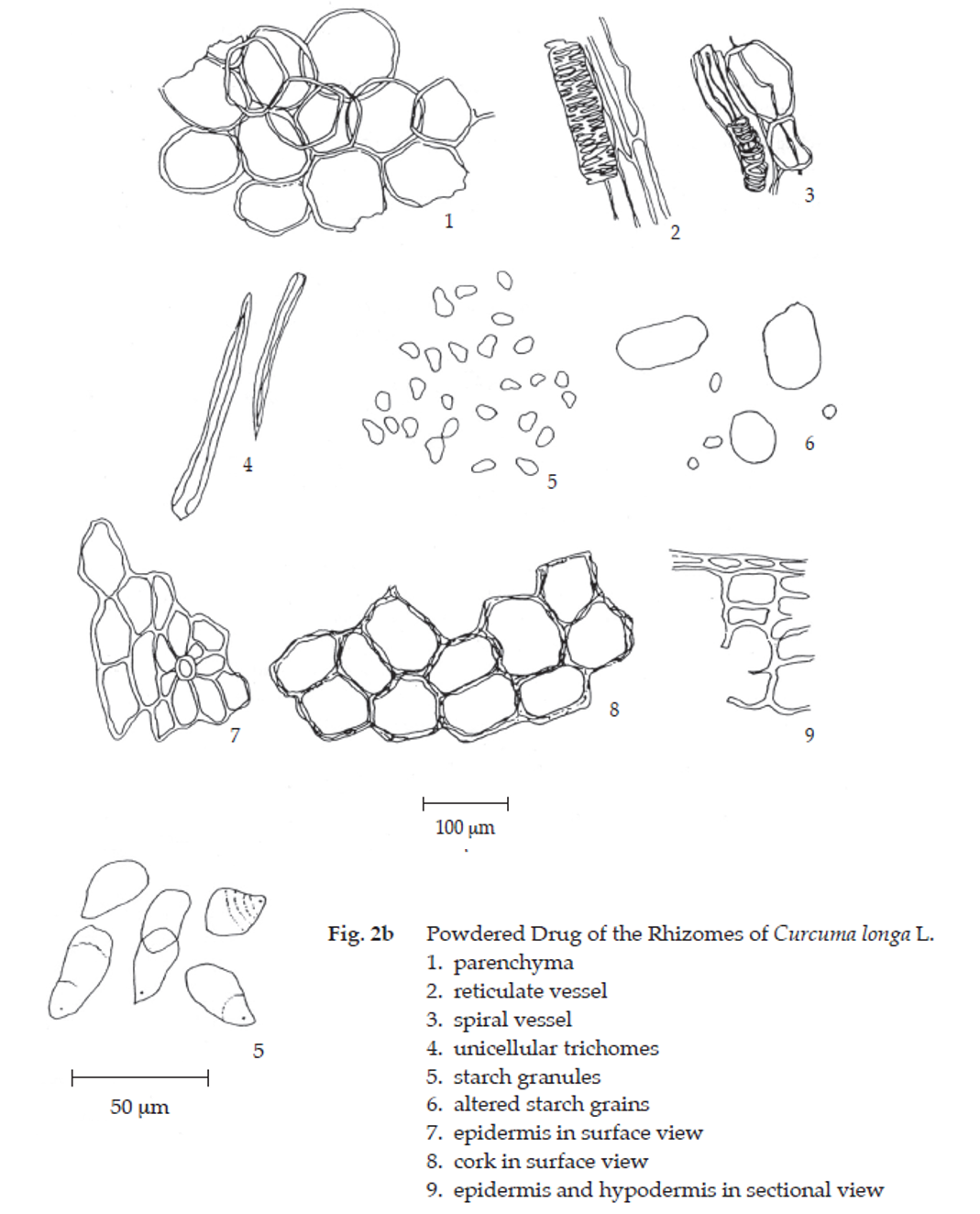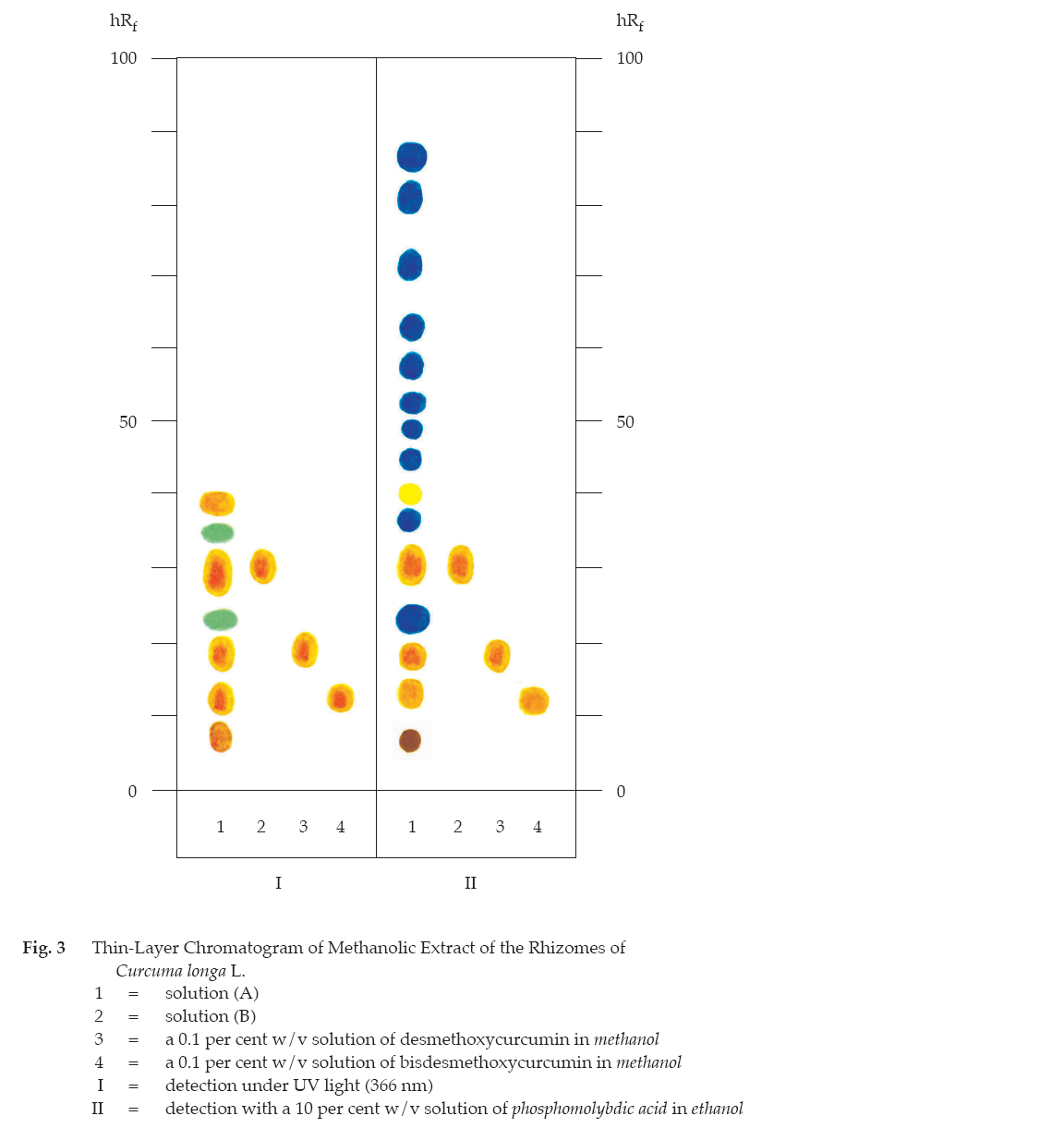ตำรามาตรฐานยาสมุนไพรไทย
Thai Herbal Pharmacopoeia
สำนักยาและวัตถุเสพติด กรมวิทยาศาสตร์การแพทย์ กระทรวงสาธารณสุข
Bureau of Drug and Narcotic, Department of Medical Sciences, Ministry of Public Health(Tinospora crispa (L.) Hook.f. & Thomson)
(Nelumbo nucifera Gaertn.)
(Centella asiatica (L.) Urb.)
(Centella Dry Extract)
(Centella Cream)
(Mesua ferrea L.)
(Piper sarmentosum Roxb.)
(Piper sarmentosum Roxb.)
(Pterocarpus santalinus L. f.)
(Santalum album L.)
(Senna tora (L.) Roxb.)
(Senna alata (L.) Roxb.)
(Senna Alata Tea)
(Piper retrofractum Vahl)
(Myristica fragrans Houtt)
(Andrographis paniculata (Burm. f.) Nees)
(Andrographis Capsules)
(Allium ascalonicum L.)
(Ocimum tenuiflorum L.)
(Curcuma longa L.)
(Turmeric Capsules)
(Turmeric Dry Extract)
(Turmeric Dry Extract Capsules)
(Arcangelisia flava (L.) Merr.)
(Curcuma sp.)
Harrisonia perforata (Blanco) Merr.
(Aristolochia pierrei Lecomte)
(Zingiber officinale Roscoe)
(Ginger Capsules)
(Ginger Tea)
(Cassia fistula L.)
(Nardostachys jatamansi (D. Don) DC.)
(Angelica sinensis (Oliv.) Diels)
Artemisia annua L.
(Ligusticum sinense Oliv. cv. Chuanxiong)
(Neopicrorhiza scrophulariiflora Pennell)
(Atractylodes lancea (Thunb.) DC.)
(Aucklandia lappa Decne)
(Terminalia chebula Retz.)
(Angelica dahurica (Hoffm.) Benth. & Hook. f. ex Franch. & Sav. var. dahurica)
(Kaempferia parviflora Wall. ex Baker)
(Hibiscus sabdariffa L.)
(Roselle Tea)
(Allium sativum L.)
(Zingiber zerumbet (L.) Sm.)
(Wurfbainia testacea (Ridl.) Škorničk.& A. D. Poulsen)
(Cannabis sativa L.)
(Myristica fragrans Houtt)
(Dracaena cochinchinensis (Lour.) S. C. Chen)
(Ficus racemosa L.)
(Hyptis suaveolens (L.) Poit.)
Clerodendrum indicum (L.) Kuntze
(Phyllanthus emblica L.)
(Citrus hystrix DC.)
(Citrus hystrix DC.)
(Areca catechu L.)
(Momordica charantia L.)
Moringa oleifera Lam.
(Aegle marmelos (L.) Corrêa)
(Solanum trilobatum L.)
(Morus alba L.)
Gynostemma pentaphyllum(Thunb.)
Makino
(Clinacanthus nutans (Burm. f.) Lindau)
(Cissus quadrangularis L.)
(Mimusops elengi L.)
(Zingiber montanum (J. König) Link. ex A. Dietr.)
(Piper betle L.)
(Capsicum annuum L.)
(Capsicum Oleoresin)
(Capsicum Gel)
(Piper nigrum L.)
(Piper nigrum L.)
(Eurycoma longifolia Jack)
(Thunbergia laurifolia Lindl.)
(Piper wallichii (Miq.) Hand.-Mazz.)
Senna garrettiana (Craib) H. S. Irwin & Barneby
(Terminalia bellirica (Gaertn.) Roxb.)
(Terminalia chebula Retz.)
(Caesalpinia bonduc (L.) H. Roxb.)
(Tarlmounia elliptica (DC.) H. Rob., S. C. Keeley, Skvaria & R. Chan)
(Hog Creeper Vine Dry Extract Capsiles)
(Hog Creeper Vine Dry Extract)
(Brachypterum scandens (Roxb.) Miq.)
(Lepidium sativum L.)
(Nigella sativa L.)
(Cuminum cyminum L.)
(Foeniculum vulgare Mill.)
(Plantago ovata Forssk.)
(Pimpinella anisum L.)
(Carum carvi L.)
(Anethum graveolens L.)
(Trachyspermum ammi (L.) Sprague)
Albizia procera (Roxb.) Benth.
(Acorus calamus L.)
(Tiliacora triandra (Colebr.) Diels)
Cyanthillium cinereum (L.) H. Rob.
(Orthosiphon aristatus (Blume) Miq.)
Murdannia loriformis (Hassk.) R. S. Rao & Kammathy
(Capparis micracantha DC.)
(Chrysopogon zizanioides (L.) Roberty)
(Cyperus rotundus L.)
(Cannabis sativa L.)
(Syzygium aromaticum (L.) Merr. & L. M. Perry)
(Boesenbergia rotunda (L.) Mansf.)
(Acanthus ebracteatus Vahl)
(Acanthus ilicifolius L.)
(Kaempferia galanga L.)
(Curcuma comosa Roxb.)
Betula alnoides Buch.-Ham. ex D. Don
Cannabis sativa L.
Carthamus tinctorius L
Mitragyna speciosa (Korth.) Havil
Mallotus repandus (Rottler) Müll. Arg
Azadirachta indica A. Juss. var. siamensis Valeton
Azadirachta indica A. Juss. var. siamensis Valeton
Punica granatum L.
Rhinacanthus nasutus (L.) Kurz
Baliospermum solanifolium (Burm.) Suresh
Curcuma aeruginosa Roxb
Boesenbergia kingii Mood & L. M. Prince
Senegalia rugata (Lam.) Britton & Rose
Acacia concinna (Willd.) DC.
Senegalia rugata (Lam.) Britton & Rose
Acacia concinna (Willd.) DC.
Senna alexandriana Mill. var. alexandriana
Cassia acutifolia Delile, Cassia angustifolia Vahl
Butea superba Roxb. ex Willd.
[Plaso superba (Roxb. ex Willd.) Kuntze, Rudolphia superba (Roxb. ex Willd.) Poir.
Pueraria candollei Graham
ex Benth. var. mirifica (Airy Shaw & Suvat.) Niyomdham
Streblus asper Lour.
Suregada multiflora (A. Juss.) Baill. (Gelonium
multiflorum A. Juss.
Turmeric is the dried rhizome of Curcuma longa L. (C. domestica Valeton) (Family Zingiberaceae), Herbarium Specimen Number: DMSC 31, 1410, 1458, Crude Drug Number: DMSc 0012.
Constituents Turmeric contains yellow volatile oil, of which turmerone and zingiberene are its major components, and curcuminoids, of which curcumin, desmethoxycurcumin, and bisdesmethoxycurcumin are its major components.
Description of the plant (Figs. 1a, 1b) Perennial herb with a thick, ellipsoid-ovate rhizome, orange inside, giving rise to short blunt daughter rhizomes called fingers; leafy shoots up to 1 m tall, bearing 6 to 10 leaves. Leaves simple, glabrous, lamina, elliptic, oblong-elliptic or lanceolate, 30 to 45 cm long, 10 to 15 cm wide, apex acuminate, base narrow; petiole as long as lamina (rather abruptly broadened to leaf sheath, forming a pseudostem). Inflorescence scape from the apex of the rhizome; peduncle 15 cm long or more; spike 10 to 15 cm long, 5 to 7 cm in diameter; bract, white or white with green, 5 to 6 cm long, each subtending flowers; bracteole thin, pale green and tinged with pink, elliptic to ovate, up to 3.5 cm long. Flowers as long as the bracts; calyx whitish tubular, unilateral split, unequally toothed; corolla white, tubular at base, upper half cup-shaped with 3 unequal lobes inserted on edge of cup lip; lateral staminode petaloid, oblong, folder under the dorsal petal, staminode and lip creamy-white with yellow median band, filament united to another about the middle of the pollen sac, spurred at base; ovary trilocular. Fruit capsule, globose to ellipsoid. Seed arillate.
Description
Macroscopical (Fig. 1a) Dried rhizome occurs as an ovate, oblong or pear-shaped of round turmeric; cylindrical and often short-branched of long turmeric; the round about half as broad as long, the long 2 to 5 cm long and 1 to 2 cm thick; externally yellowish to yellowish brown, with root scars and annulations, the latter from the scars of leaf bases; fracture horny; internally orange-yellow to orange, waxy, showing a cortex separated from a central cylinder (about twice as broad as cortex) by a distinct endodermis; in both cortex and central cylinder, scattered bundles are seen.
Microscopical (Figs. 2a, 2b) Transverse section of the rhizome shows epidermis consisting of a layer of rectangular cells; covering trichomes, unicellular, up to 280 μm long. Hypodermis composed of 3 to 6 layers in the mature rhizome, but absent in the younger. Cork, 4 to 6 layers of rectangular cells. Cortex composed of thin-walled parenchyma cells containing numerous starch grains, yellowish oil droplets and yellow colouring matter occasionally seen; starch grains, simple, flattened, rounded to oval or irregular in outline, very faint transverses triations could be seen in some granules. Endodermis, a layer ofthin-walled cells. Stele, thin-walled parenchyma cells containing numerous starch grains, yellowish oil droplets and yellow colouring matter. Fibrovascular bundles, non-lignified walled cells, scattered in cortex and stele; vessels, spiral, scalariform and reticulate
Turmeric in powder possesses the diagnostic microscopical characters of the unground drug.




Packaging and storage Turmeric shall be kept in well-closed containers, preferably of metal or glass, protected from light and stored in a cool and dry place.
Identification
A. Extract 10 mg of the sample, in powder, with 2 mL of acetic anhydride, add a few drops of sulfuric acid and observe under ultraviolet light (366 nm): the solution shows blood-red colour
B. Carry out the test as described in the “Thin-Layer Chromatography” (Appendix 3.1), using silica gel G as the coating substance and a mixture of 49 volumes of benzene, 49 volumes of chloroform and 2 volumes of ethanol as the mobile phase and allowing the solvent front to ascend 17 cm above the line of application. Apply separately to the plate, 5 μL each of the following two solutions. Prepare solution (A) by placing 1 g of the sample, in powder, in a stoppered test-tube, adding 3 mL of methanol and shaking for a few minutes. Set aside for 1 hour and filter. For solution (B) dissolve 1 mg of curcumin in 1 mL of methanol. After removal of the plate, allow it to dry in air and examine under ultraviolet light (366 nm),locating the spots. The chromatogram obtained with solution (A) shows a yellow-brown spot (hRf value 28 to 34) corresponding to the curcumin spot from solution (B). Other two yellow-brown spots correspond in hRf values to the spot numbers 2 and 3. Several spots of higher and lower hRf values are observed (Table 1); see also Fig. 3. Spray the plate with a 10 per cent w/v solution of phosphomolybdic acid in ethanol and heat at 105° for 5 minutes; the spot due to curcumin is orange-brown. The spots due to those of numbers 2, 3, 10, 14 and 15 in Table 1 are orange, orange-brown, blue, blue, and blue, respectively. Other spots of different colours are observed (Table 1); see also Fig. 3.
Table 1 hRf Values of Components in Methanolic Extract of the Rhizomes of Curcuma longa L.
| Spot |
hRf Value |
Detection | |
| UV 366 | 10 Per Cent W/V Solution of Phosphomolybdic Acid in Ethanol |
||
| 1 2 3 4 5 6 7 8 9 10 11 12 13 14 15 |
5-8 11-15 17-20 21-24 28-34 35-38 39-42 44-46 48-51 52-53 57-60 62-66 71-74 80-85 87-90 |
light brown yellow-brown yellow-brown blue-green yellow-brown blue-green yellow - - - - - - - - |
brown orange orange-brown blue orange-brown blue pale yellow blue blue blue blue blue blue blue blue |
2 = bisdesmethoxycurcumin
3 = desmethoxycurcumin
5 = curcumin
10 = curcumol
14 = dl-tumerone
15 = ar-curcumene (ar = aromatic)
Water Not more than 10.0 per cent v/w (Azeotropic Distillation Method, Appendix 4.12).
Foreign matter Not more than 2.0 per cent w/w (Appendix 7.2).
Acid-insoluble ash Not more than 1.0 per cent w/w (Appendix 7.6).
Total ash Not more than 8.0 per cent w/w (Appendix 7.7).
Ethanol-soluble extractive Not less than 10.0 per cent w/w (Appendix 7.12).
Water-soluble extractive Not less than 9.0 per cent w/w (Appendix 7.12).
Volatile oil Not less than 6.0 per cent v/w (Appendix 7.3H). Use 10 g, in fine powder, accurately weighed. Use 100 mL of water as the distillation liquid and a 500-mL round-bottomed flask. Distil at a rate of 2 to 3 mL per minute for 5 hours. Use 2.0 mL of xylene in the graduated tube. Calculate the content of volatile oil with reference to the anhydrous substance.
Curcuminoids content Not less than 5.0 per cent w/w of curcuminoids, calculated as curcumin, when determined by the following method.
Standard curcumin solution Dissolve about 25 mg of Curcumin RS, accurately weighed, in sufficient methanol to produce 250.0 mL.
Standard curcumin curve Transfer into six 100-mL volumetric flasks, 1, 2, 3, 4, 5 and 6 mL, respectively, of Standard curcumin solution, dilute to volume with methanol, and mix. Measure the absorbances of the standard solutions relative to the blank at 420 nm (Appendix 2.2). Plot the readings and draw the curve of best fit: The curve shows the correlation coefficient of not less than 0.999.
Assay preparation Transfer about 300 mg of Turmeric, in fine powder and accurately weighed, into a 25-mL Erlenmeyer flask and macerate with 10 mL of methanol. Set aside at room temperature for 6 hours with frequent shaking. Dilute 1.0 mL of the clear supernatant liquid with methanol to produce 25.0 mL. Transfer 1.0 mL of this solution into a 25-mL volumetric flask, dilute to volume with methanol and mix well.
Procedure and calculation Measure the absorbance of Assay preparation at the maximum at about 420 nm, using methanol as the blank (Appendix 2.2). By reference to the standard curve, calculate the content of curcuminoids as curcumin in the sample.
